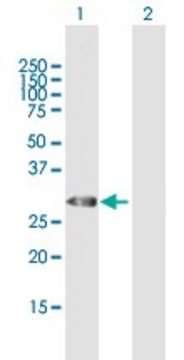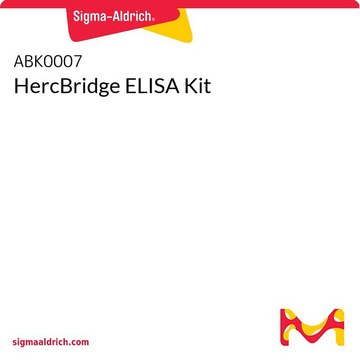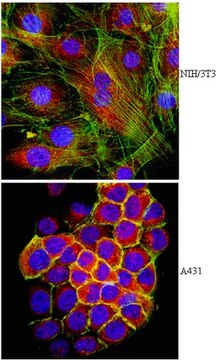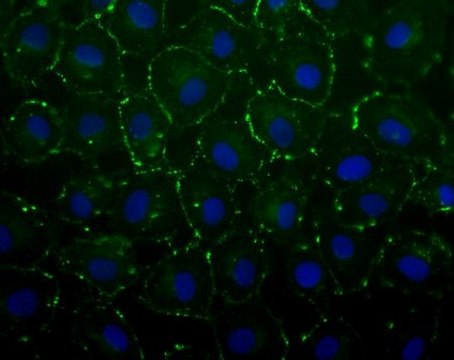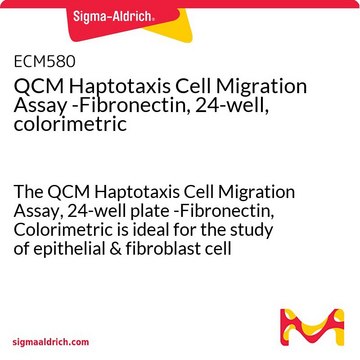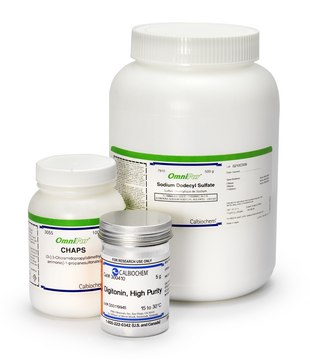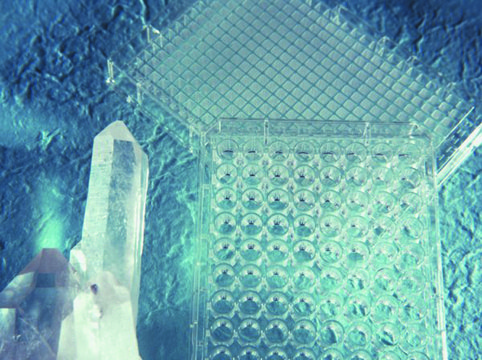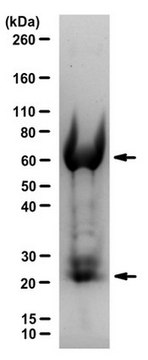ABN1658
Anti-pro-TRH
serum, from rabbit
Synonym(s):
anti-thyrotropin-releasing hormone, anti-Ps4
Sign Into View Organizational & Contract Pricing
All Photos(1)
About This Item
UNSPSC Code:
12352203
eCl@ss:
32160702
NACRES:
NA.41
Recommended Products
biological source
rabbit
Quality Level
antibody form
serum
antibody product type
primary antibodies
clone
polyclonal
species reactivity
rat
species reactivity (predicted by homology)
mouse
technique(s)
immunofluorescence: suitable
western blot: suitable
NCBI accession no.
UniProt accession no.
shipped in
ambient
target post-translational modification
unmodified
Gene Information
rat ... Trh(25569)
General description
Pro-thyrotropin-releasing hormone (UniProt: P01150; also known as Pro-TRH, Prothyroliberin, TRH, TSH-releasing factor, Thyrotropin-releasing factor, TRF) is encoded by the Trh gene (Gene ID: 25569) in rat. TRH is a secreted hypothalamic protein that travels across the median eminence to the pituitary via the hypophyseal portal system. It functions as a regulator of the biosynthesis of TSH in the anterior pituitary gland and as a neurotransmitter/ neuromodulator in the central and peripheral nervous systems. Pro-TRH (TRH-potentiating peptide: Ps4) is co-synthesized with TRH serves as a marker for TRH-containing neurons. Like TRH itself, pro-TRH is biologically active.
Specificity
This polyclonal antibody detects Thyrotropin-releasing hormone-containing neurons in Rat Hypothalamus and spinal cord.
Immunogen
A linear peptide corresponding to 10 amino acids
Application
Anti-pro-TRH, Cat. No. ABN1658, is a highly specific rabbit polyclonal antibody, that targets pro- Thyrotropin-releasing hormone and has been tested in Immunofluorescence and Western Blotting.
Immunofluorescence Analysis: A representative lot detected pro-TRH in median eminence of rat and L2 spinal cord tissues. (Courtesy of Dr. Martin Wessendorf at University of Minnesota).
Immunofluorescence Analysis: A representative lot detected pro-TRH in rat brain stem & rat spinal cord tissues. (Wessendorf, M.W., et. al. (1990). J Histochem Cyotchem. 38(12):1859-77).
Immunofluorescence Analysis: A representative lot detected pro-TRH in rat brain stem & rat spinal cord tissues. (Wessendorf, M.W., et. al. (1990). J Histochem Cyotchem. 38(12):1859-77).
Research Category
Neuroscience
Neuroscience
Quality
Evaluated by Western Blotting in rat hypothalamus tissue lysate.
Western Blotting Analysis: A 1:500 dilution of this antibody detected pro-TRH in 10 µg of rat hypothalamus tissue lysate.
Western Blotting Analysis: A 1:500 dilution of this antibody detected pro-TRH in 10 µg of rat hypothalamus tissue lysate.
Target description
~29 kDa observed; 29.28 kDa calculated. Uncharacterized bands may be observed in some lysate(s).
Physical form
Rabbit polyclonal serum with 0.09% sodium azide.
Unpurified
Storage and Stability
Stable for 1 year at -20°C from date of receipt.
Handling Recommendations: Upon receipt and prior to removing the cap, centrifuge the vial and gently mix the solution. Aliquot into microcentrifuge tubes and store at -20°C. Avoid repeated freeze/thaw cycles, which may damage IgG and affect product performance.
Handling Recommendations: Upon receipt and prior to removing the cap, centrifuge the vial and gently mix the solution. Aliquot into microcentrifuge tubes and store at -20°C. Avoid repeated freeze/thaw cycles, which may damage IgG and affect product performance.
Other Notes
Concentration: Please refer to lot specific datasheet.
Disclaimer
Unless otherwise stated in our catalog or other company documentation accompanying the product(s), our products are intended for research use only and are not to be used for any other purpose, which includes but is not limited to, unauthorized commercial uses, in vitro diagnostic uses, ex vivo or in vivo therapeutic uses or any type of consumption or application to humans or animals.
Not finding the right product?
Try our Product Selector Tool.
Storage Class Code
12 - Non Combustible Liquids
WGK
WGK 1
Certificates of Analysis (COA)
Search for Certificates of Analysis (COA) by entering the products Lot/Batch Number. Lot and Batch Numbers can be found on a product’s label following the words ‘Lot’ or ‘Batch’.
Already Own This Product?
Find documentation for the products that you have recently purchased in the Document Library.
Ian E Gonzalez et al.
Endocrinology, 162(6) (2021-04-10)
The paraventricular nucleus of the hypothalamus (PVH) is a heterogeneous collection of neurons that play important roles in modulating feeding and energy expenditure. Abnormal development or ablation of the PVH results in hyperphagic obesity and defects in energy expenditure whereas
Our team of scientists has experience in all areas of research including Life Science, Material Science, Chemical Synthesis, Chromatography, Analytical and many others.
Contact Technical Service